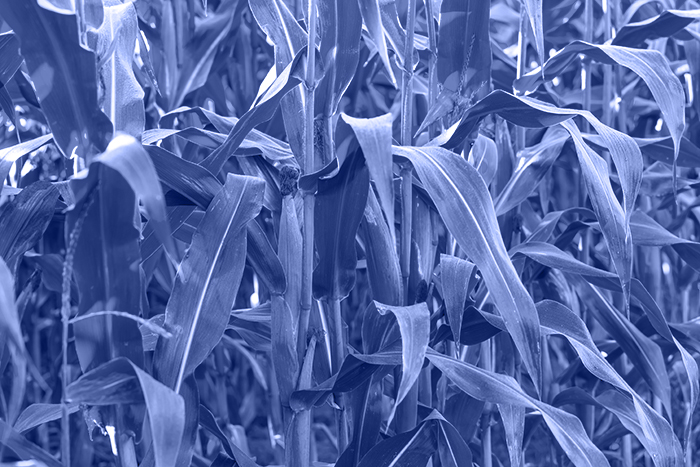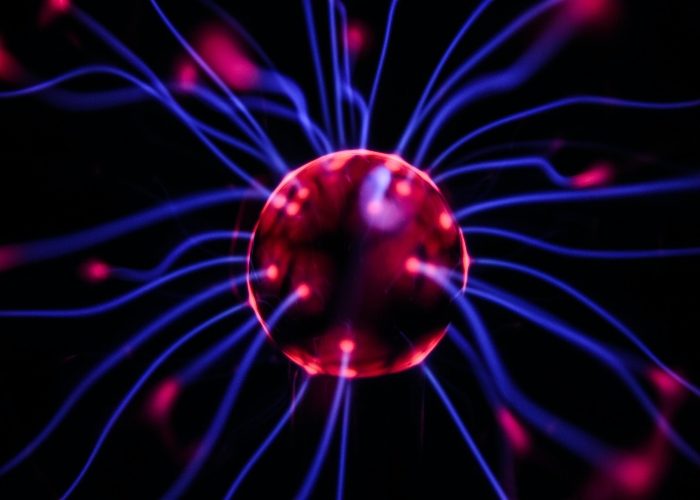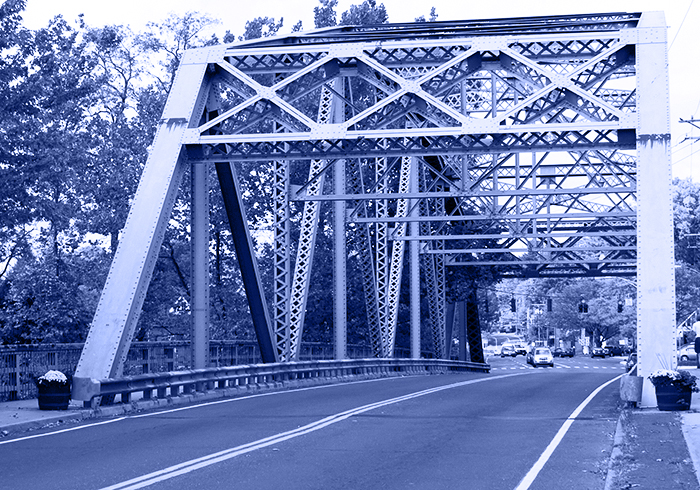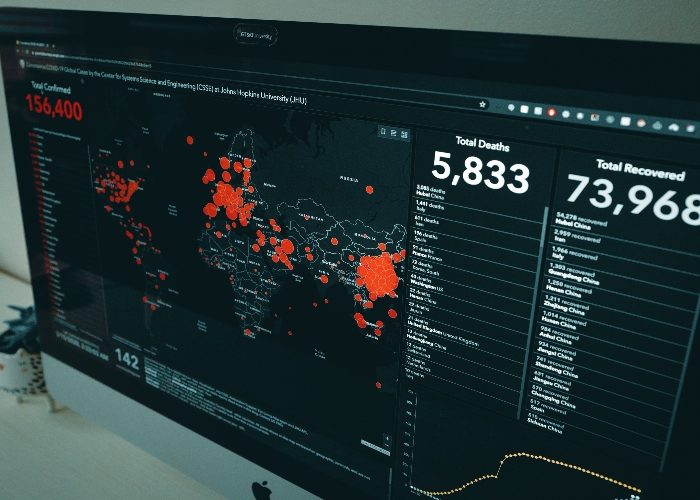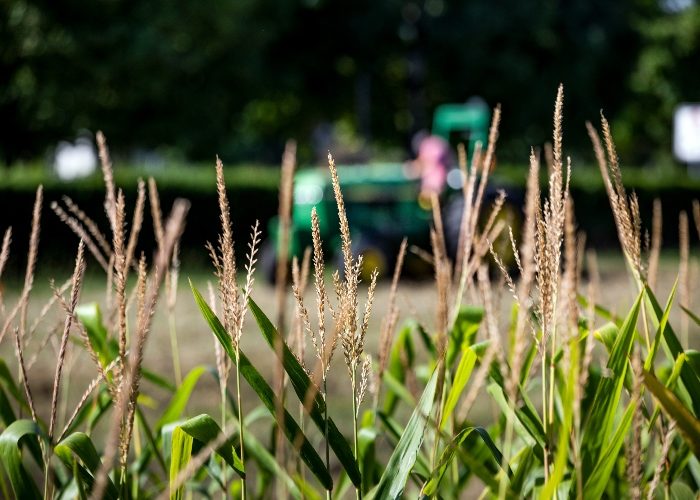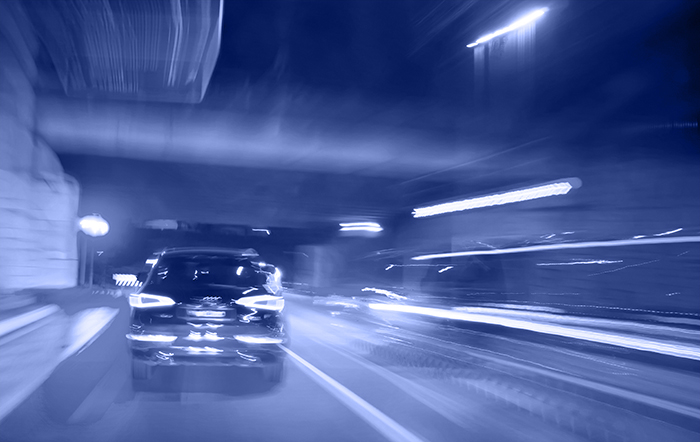Cardiac arrest is a leading cause of death in the United States, killing more than 650,000 people each year. The survival rate for patients who experience a cardiac arrest outside of a hospital is less than 10 percent; for those in a hospital it’s 25 percent. Early intervention after cardiac arrest and during CPR is essential to the likelihood of survival. UIC-101 is an injectable, rapidly acting peptide that will decrease cell death and increase survival for both out-of-hospital and in-hospital cardiac arrest. This project will enable preclinical and clinical studies of the drug.
Research and Development / Science Teams
Science Teams & Science Initiatives



